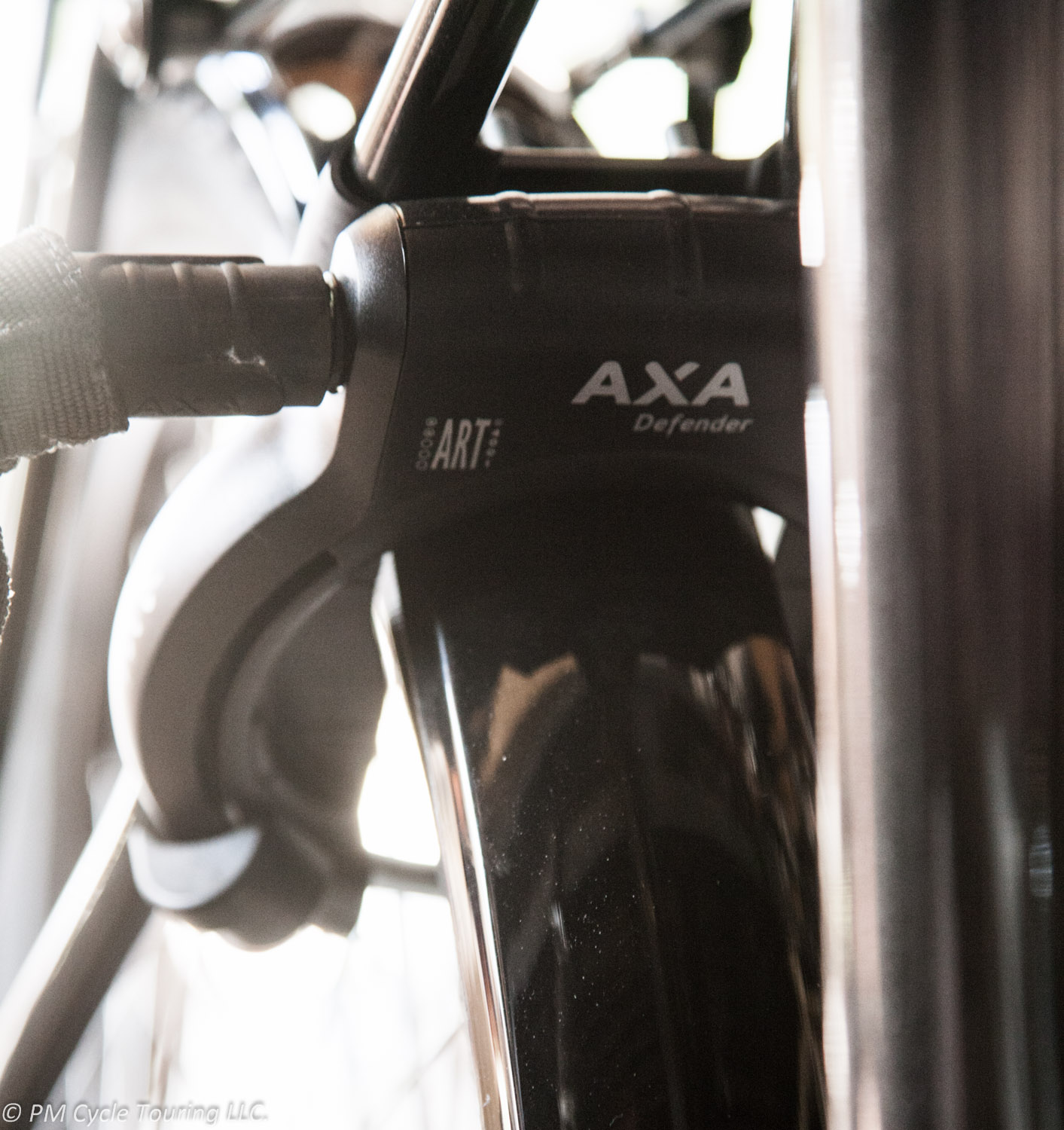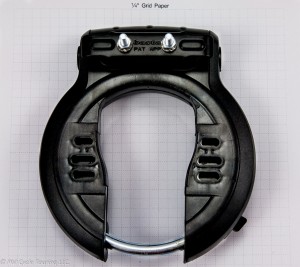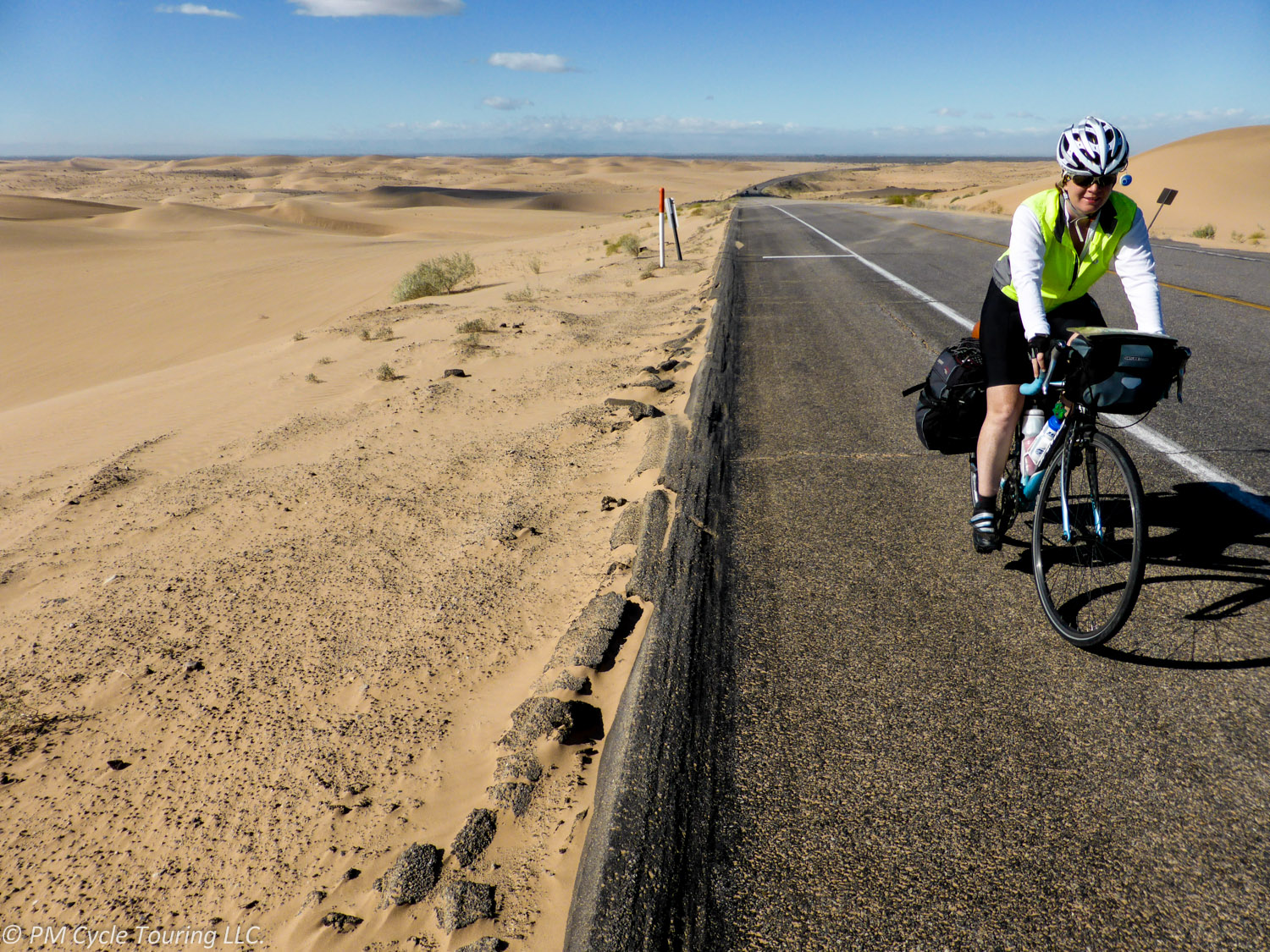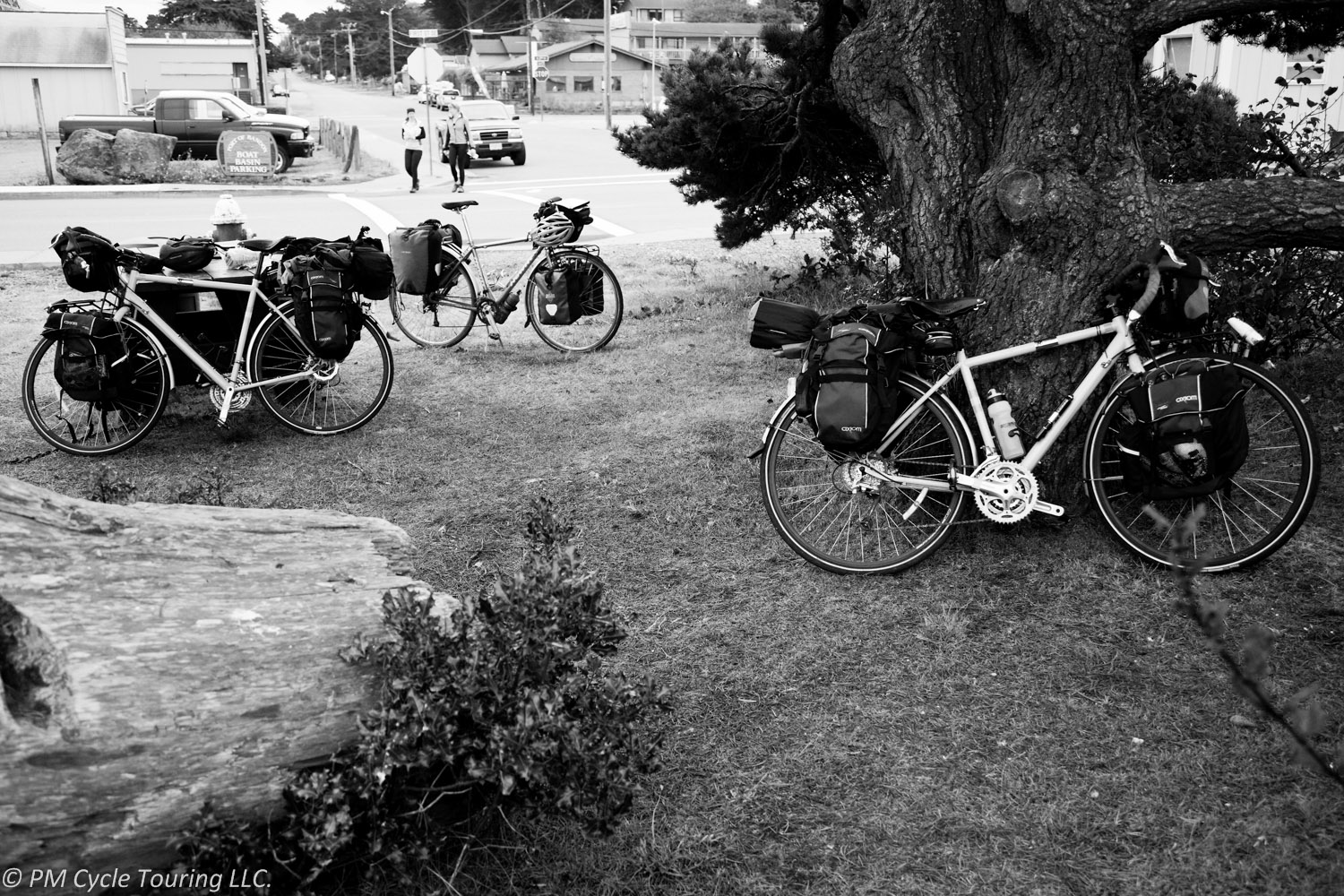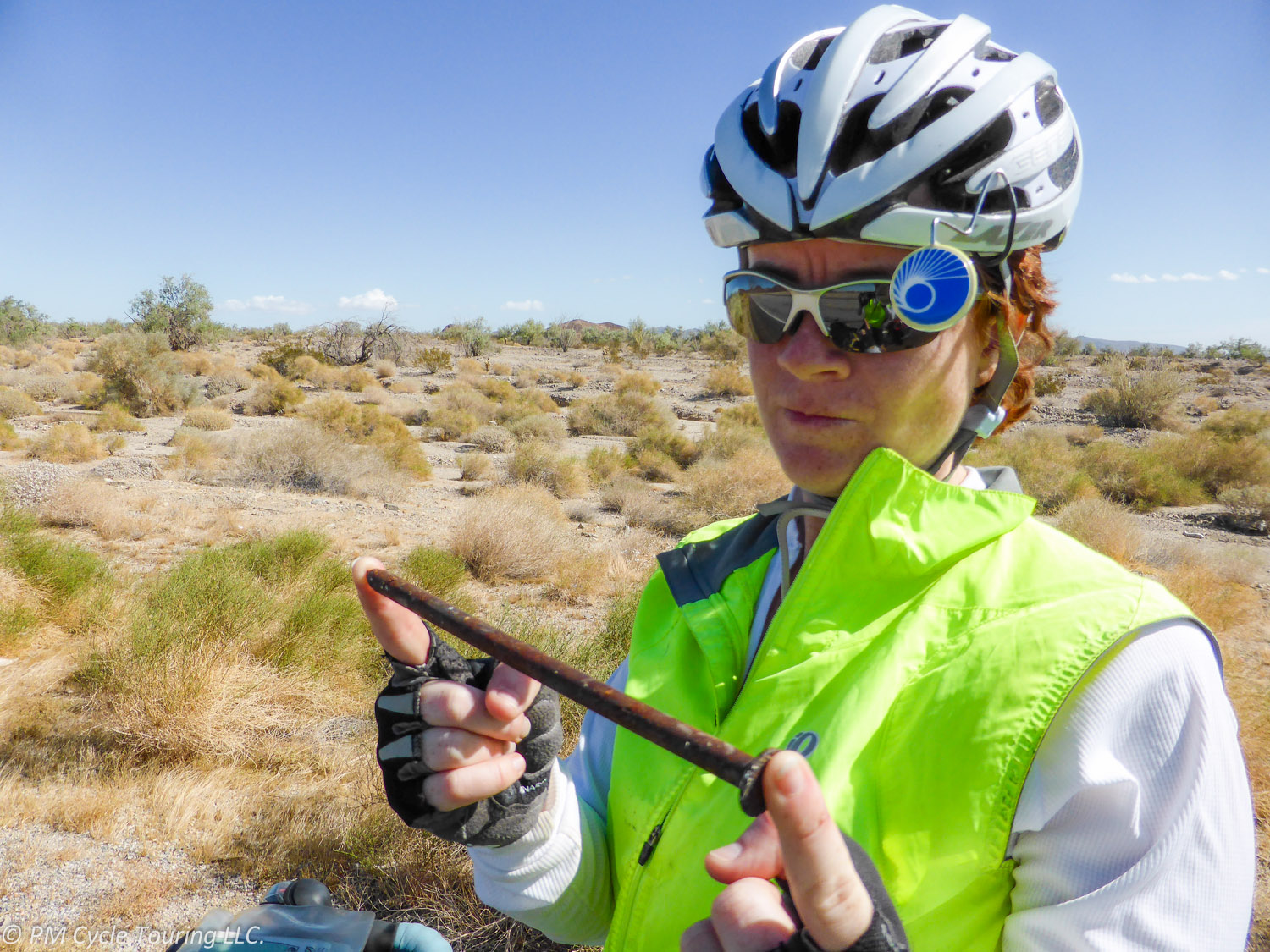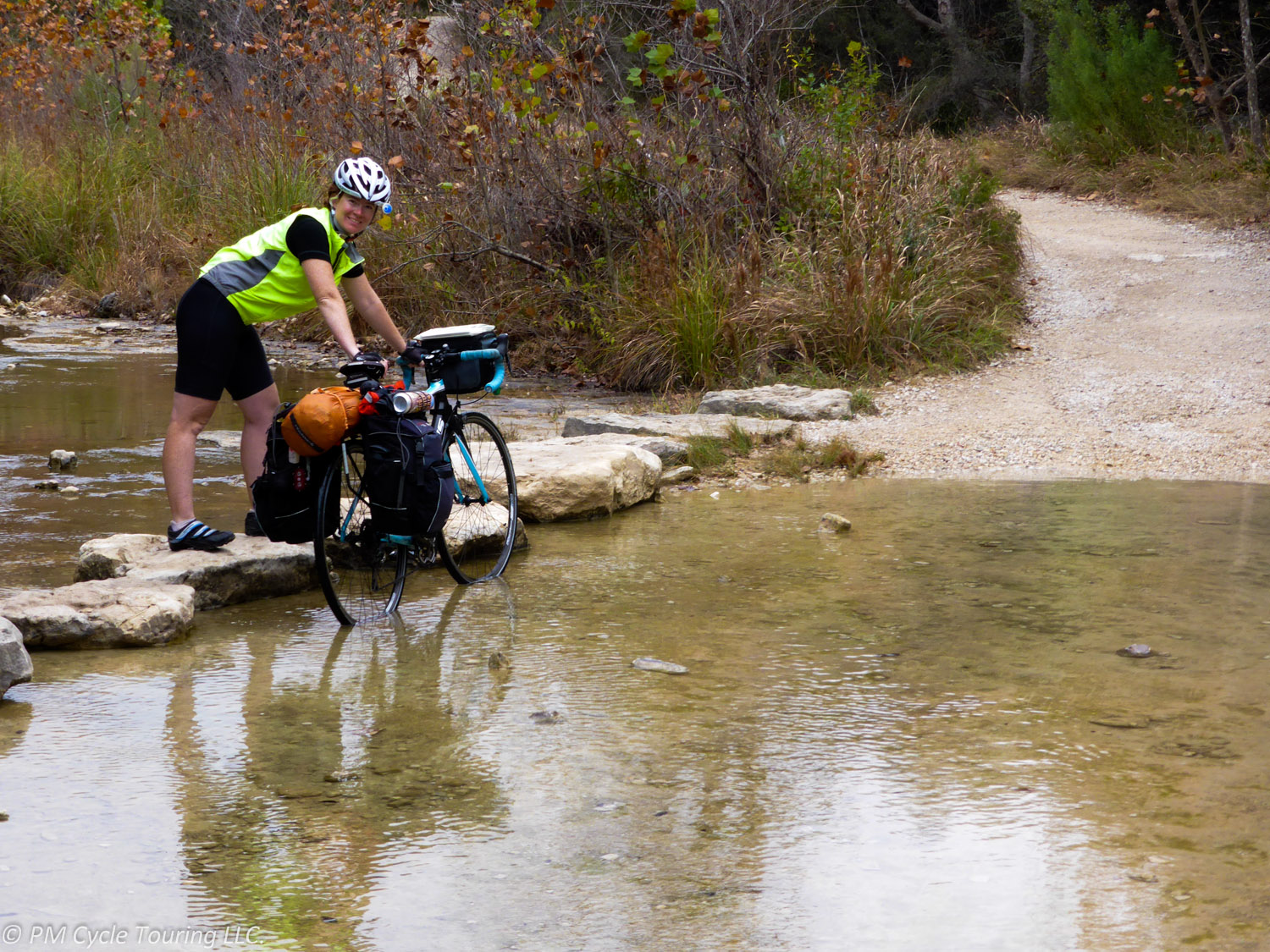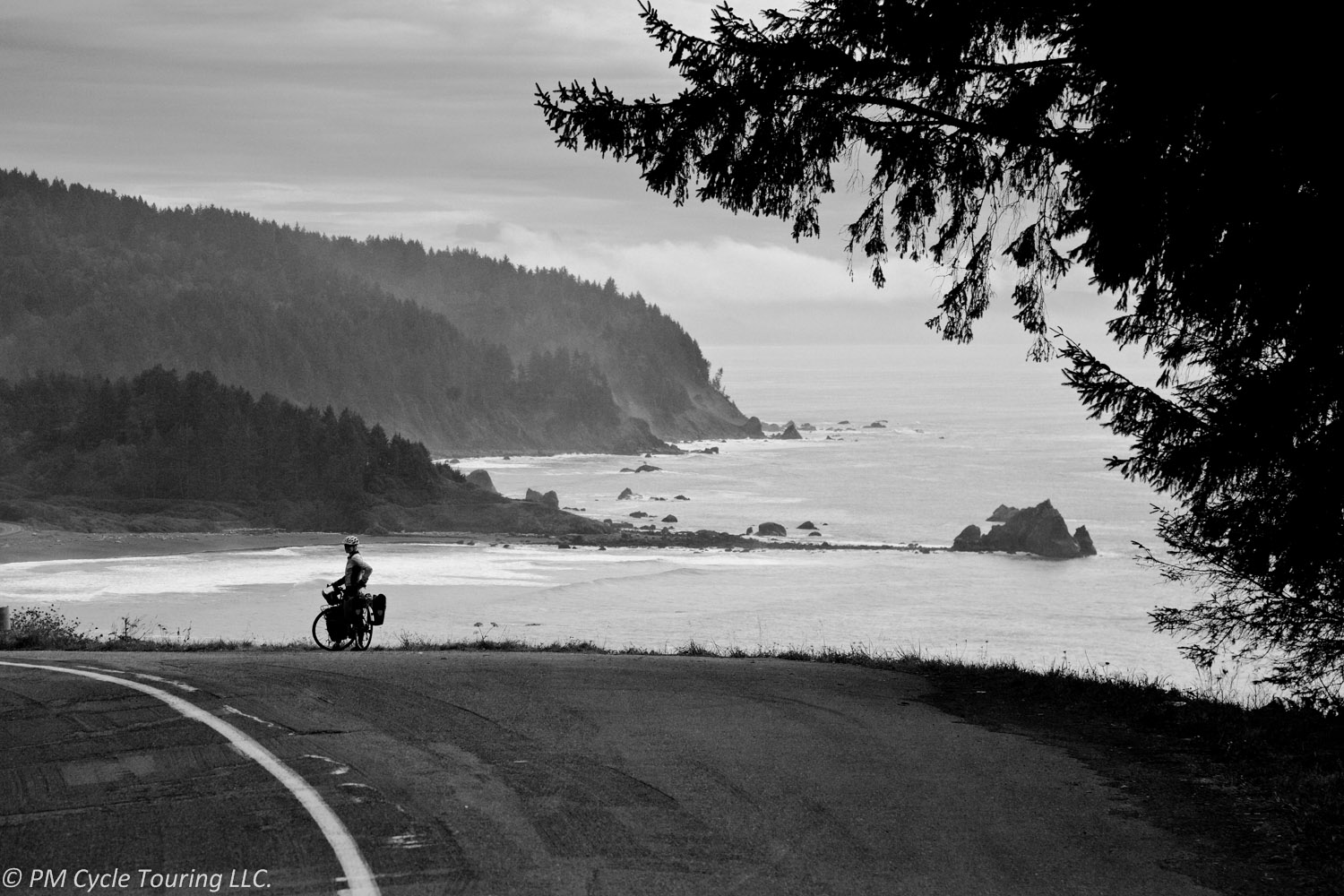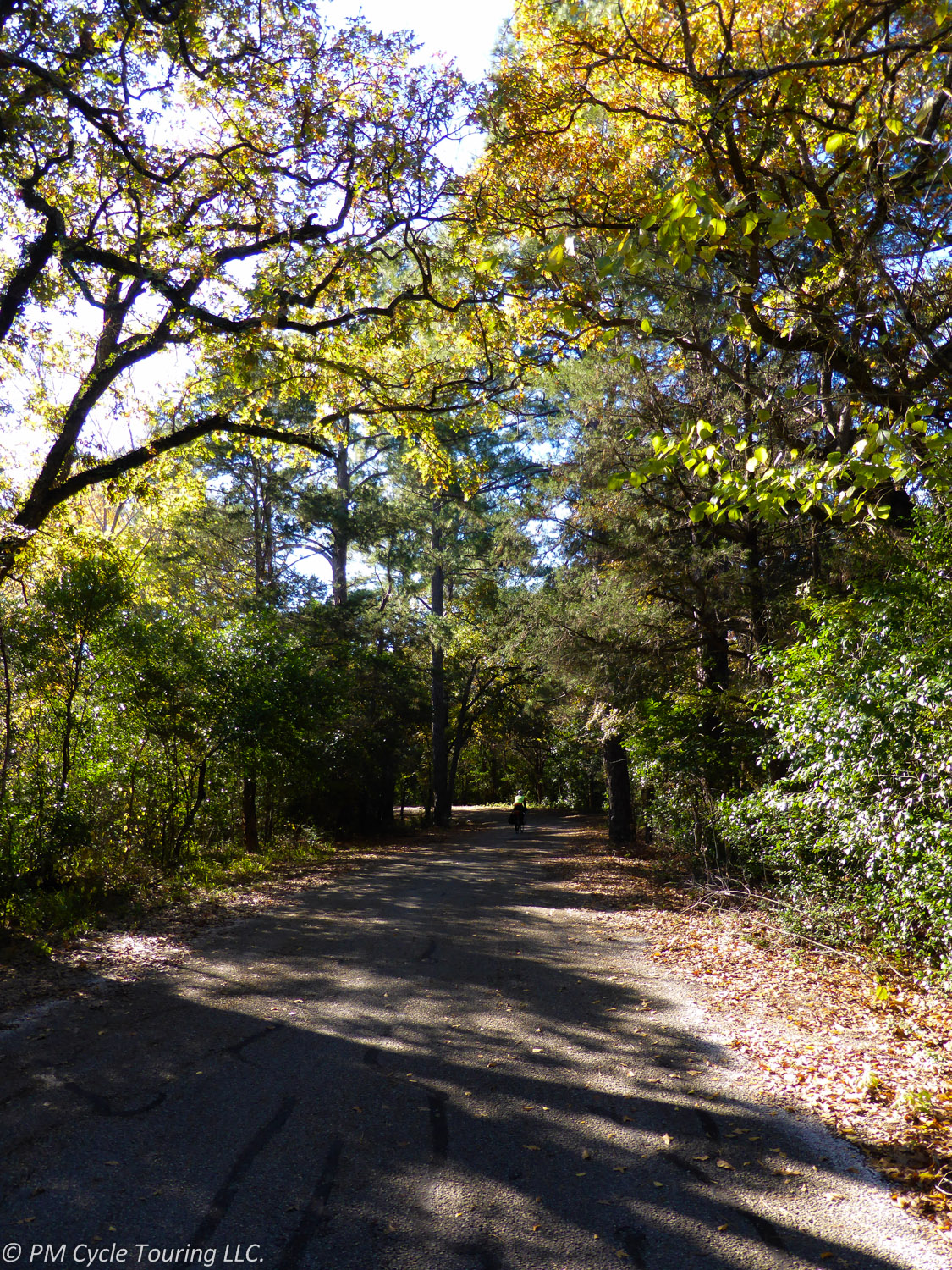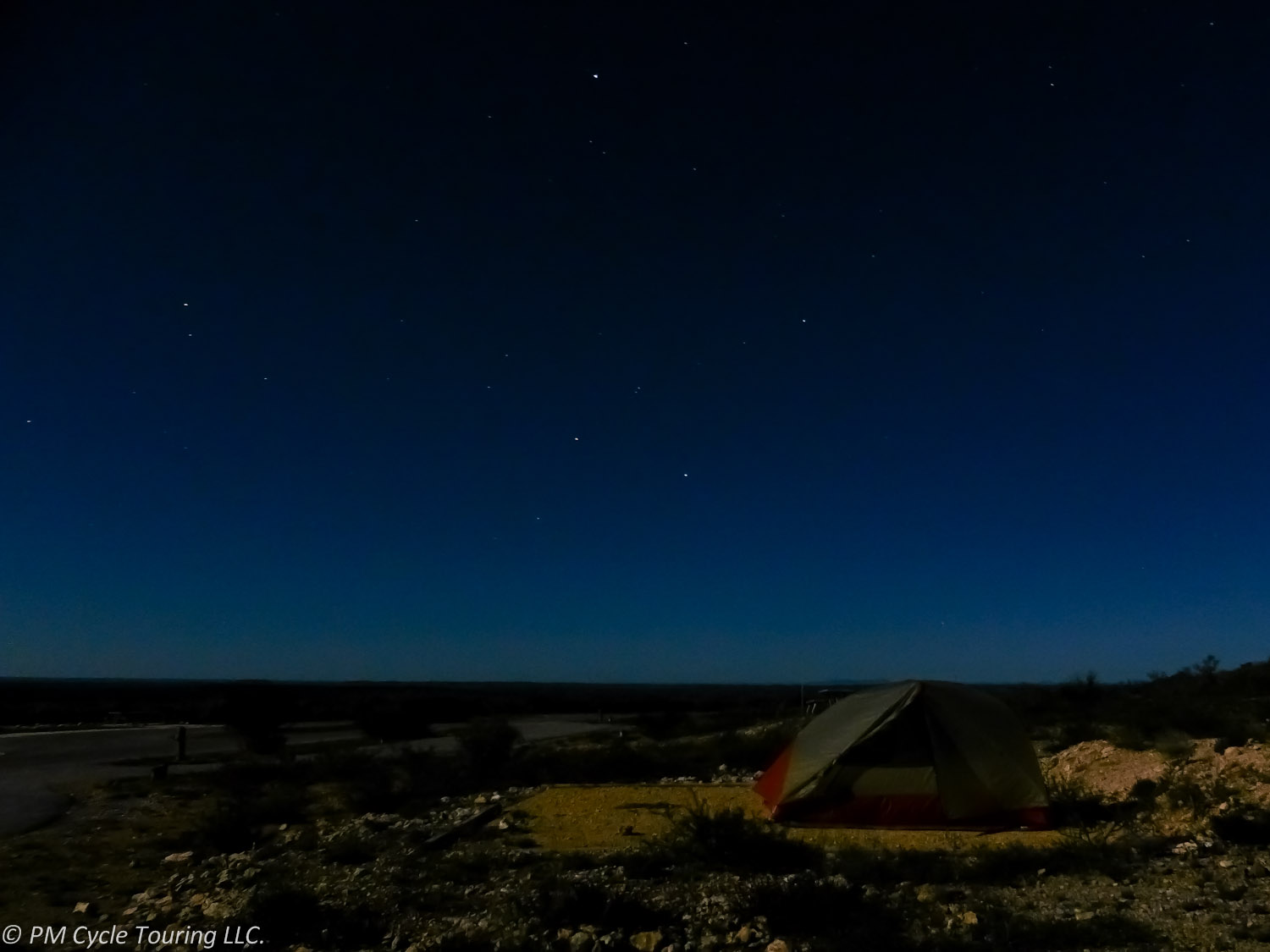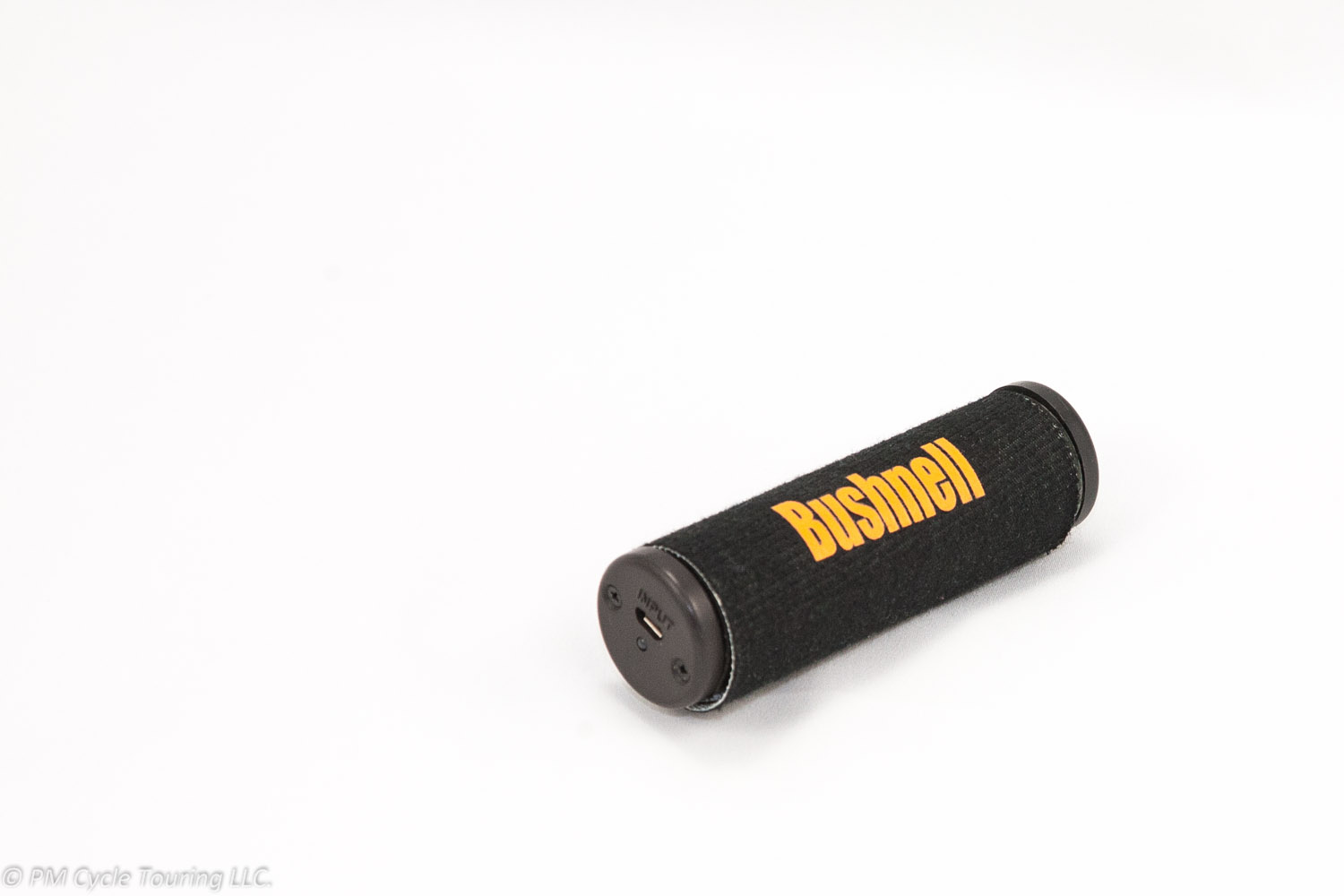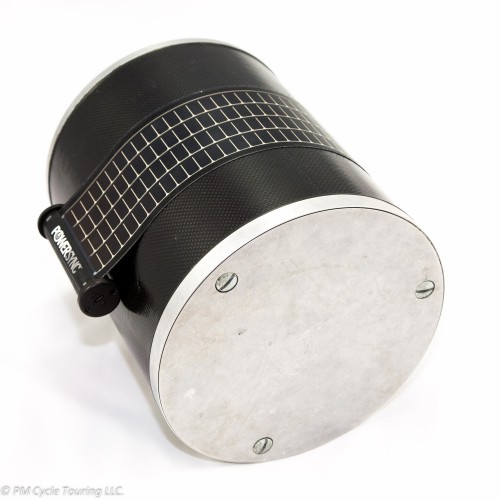If you are unfamiliar with frame locks you can read my previous post. The AXA Defender weighs in at 670 grams and is available in several colors. Before purchasing an AXA Defender frame lock there are a few things to consider: Understanding the limitations of a frame lock, where the lock will be mounted, how it will be attached, and how the key performs.
Limitations: A frame lock alone will not prevent someone from picking up and walking away with your bike or throwing it in a pickup truck. However higher end frame locks like the AXA Defender have a special plug-in for a cable or chain when it is desirable to attach the bike to prevent it from being carried away. Lastly it is important to realize that any lock can be defeated by a determine thief, you have to balance security/weight/hassle with any locking mechanism.
Location: The ideal location for the AXA frame lock is inside the rear triangle of the bicycle. In this location even if the lock mounts are cut and the wheel is attempted to be removed the shape of the lock will prevent the rear wheel from being taken. This is a particular benefit if you are using an internal gear hub, like the expensive Rohloff Speedhub, and want some protection to prevent it from being stolen.
Attachment:Mounting the lock is the trickiest part and should be considered carefully before purchasing. First you should know the size of the AXA Defender and ensure that it will fit including fender and tire clearance. To assist with this I have provided picture of the lock on ¼” graph paper and included measurements as practical.
Secondly, you need to determine how to attach the lock; most North American bicycles do not have mounting points for a frame lock. There are two methods that I am aware of for attaching the lock. First is using a set of straps that act like a hose clamp around the seat stays of the rear triangle. The second method is a top bolt option which has two long bolts and a clamp attachment, this is pictured below.
Key: The AXA Defender will retain the key in the lock until the lock is locked. This is a double edged sword. The up side is that you always have the key in the lock ready to go until it is locked, then you can remove the key. The hypothetical down side is that if you leave you bike unlocked, the key will remain in the lock, allowing a cruel individual to lock the lock and take the key. Leaving you with a locked bike and no key. An easy solution to that problem is to always lock you bike, or take a spare key along with you.
Overall I am very excited to use this lock, while there is a weight penalty to carry it around I will always have a lock on my bike ready to be engaged. After some use and actual touring I will come back and provide a follow up review of this lock, but for now the AXA Defender seems to meet all the criteria I could ask for in a frame lock.
I actually had some much trouble finding the AXA Defender for sale in the USA that I bought some extra locks and have them for sale. Please e-mail me at Matt@PMCycleTouring.com if you are interested in buying from us as our online store is a work in progress. If you have any questions leave a comment below!
